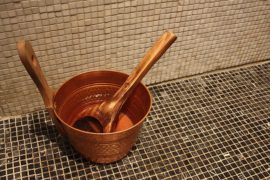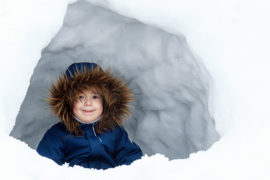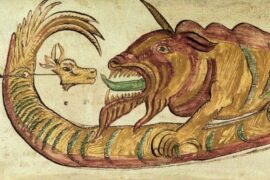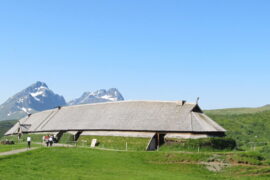The Vikings were an interesting bunch, known for their seafaring prowess, fearsome battles and… a hearty appreciation for a good drink!
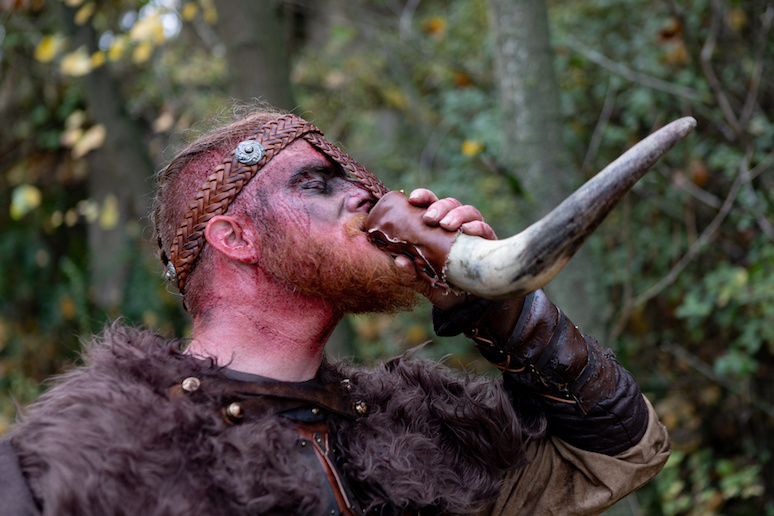
Drinking played a significant place in Viking society, extending beyond mere thirst quenching. It played pivotal roles in the Vikings’ social, cultural and even religious customs.
Sharing drinks served as a means to form alliances, seal agreements and strengthen bonds. And we’re not just talking alcoholic drinks.
The Vikings also enjoyed a diverse array of non-alcoholic beverages, which provided refreshing alternatives, sustenance and comfort during their demanding voyages and everyday lives.
From the lively festivities fuelled by mead to the comforting sips of herbal infusions, looking at what the Viking drank can provide a captivating insight into their way of life.
Water
Mead
Ale and beer
Where to try Viking drinks
Wine: did the Vikings really drink it?
Milk and dairy-based drinks
Herbal infusions: Viking medicinal drinks
Imported beverages
Drinking rituals
Water: the most important drink of all
Water, the elixir of life, held unparalleled significance for the Vikings.
It was a vital source of hydration, sustaining the Vikings’ bodies during arduous tasks and keeping them refreshed under the blazing sun or in freezing winters.
On long sea voyages, water was an invaluable lifeline, ensuring the survival and well-being of the Viking explorers as they ventured into unknown territories.
And lucky for them, Scandinavia, the homeland of the Vikings, boasted an abundance of freshwater streams, rivers and lakes, providing bountiful water sources that formed the foundation of their daily lives, sustained their communities and facilitated their remarkable maritime expeditions.
But they didn’t just settle for plain H2O. It’s thought that the Vikings infused herbs and honey into their water, turning mundane hydration into a refreshing and tasty drink.
Mead: the drink of the gods
Mead, the beloved drink of the Vikings, held a vital role in their society and mythology, serving as the cornerstone of their feasts and celebrations.
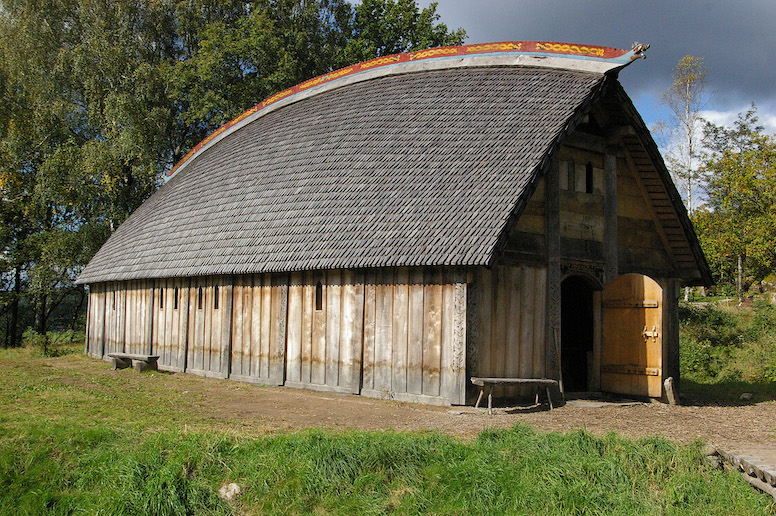
It was made by fermenting honey with water, sometimes with the addition of fruits or herbs to add extra flavour. The process involved mixing the ingredients and patiently allowing them to ferment over time.
In Viking culture, mead held great significance during rituals and celebrations, where it was often consumed in large quantities, fostering a sense of joy, unity and merriment among the participants.
It was not considered an everyday drink, but rather a special treat reserved for noteworthy occasions such as weddings, or meetings with esteemed individuals and nobles.
The careful crafting of its ingredients and the special fermentation process turned mead into a valuable and luxurious drink.
Ale and beer: common Viking drinks
Aside from mead, the Vikings also enjoyed their fair share of beer. Beer and ale held a special place in their culture, and its brewing process involved simple methods.
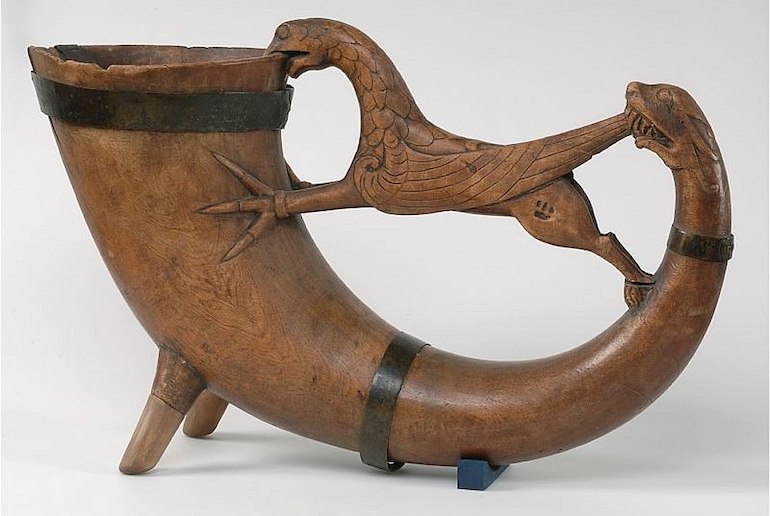
The brewing process for Viking beer involved soaking malted barley in water, fermenting it with yeast, and adding hops for flavour and preservation.
Barley was the primary ingredient, providing the base for the beer, while hops added bitterness and acted as a natural preservative, resulting in a refreshing and longer-lasting beverage.
Whilst mead which was usually reserved for the higher social classes and special occasions, beer was drunk by all levels of Viking society.
Its popularity spanned social classes, making it a common and beloved beverage enjoyed by both nobles and common folk alike.
Whether it was shared at festive gatherings or enjoyed during everyday meals, beer served as a unifying drink that brought people together in the spirit of merriment and celebration.
Where to try Viking drinks in Scandinavia today
Ever wanted to experience the flavours of Viking drinks firsthand? If you find yourself in Scandinavia, there are plenty of opportunities to immerse yourself in the world of ancient beverages. Let’s look at a few!
Located in Stockholm’s Old Town, Aifur Krog & Bar offers visitors a Viking-inspired dining experience. Not only does it serve Viking food and drinks, including beer and mead, but the environment transports you back in time to an age of warriors and seafaring adventurers.
Valaskjalv is a Viking-themed restaurant and bar in Bergen, Norway. It serves typical Viking dishes such as roast wild boar or goat leg, with Viking-style interiors and rustic furnishings.
Another fun destination is Café Knarr in Roskilde, Denmark. This cute café serves New Nordic Viking food, which combines traditional Viking ingredients with modern flavours, plus beer and mead. The best part? It’s located right next to the Viking Ship Museum!
Just a short drive outside of Reykjavík, Iceland, Ingólfsskáli is a wooden Viking-themed restaurant. It serves Viking-style dishes, and you can drink from a Viking horn, so you’ll feel like a true Viking while dining here!
Wine: did the Vikings really drink it?
One intriguing question that often arises is whether Vikings drank wine. While direct evidence is limited, some theories suggest the possibility of Viking wine consumption.
The Vikings had extensive trade networks and travelled to regions where wine was produced, raising the likelihood of their exposure to this beverage.
The proximity of Viking settlements to wine-producing regions, such as the Mediterranean, fuels the theory about the potential adoption of wine-drinking by the Vikings.
However, there’s no real archeological or historical evidence specifically linking the Vikings to wine consumption.
Milk and dairy-based drinks in Viking society
In Viking communities, the ownership of cows, sheep and goats provided a ready supply of milk, which played a significant role in their diet. Milk, whether consumed fresh or curdled, was a staple beverage for the Vikings.
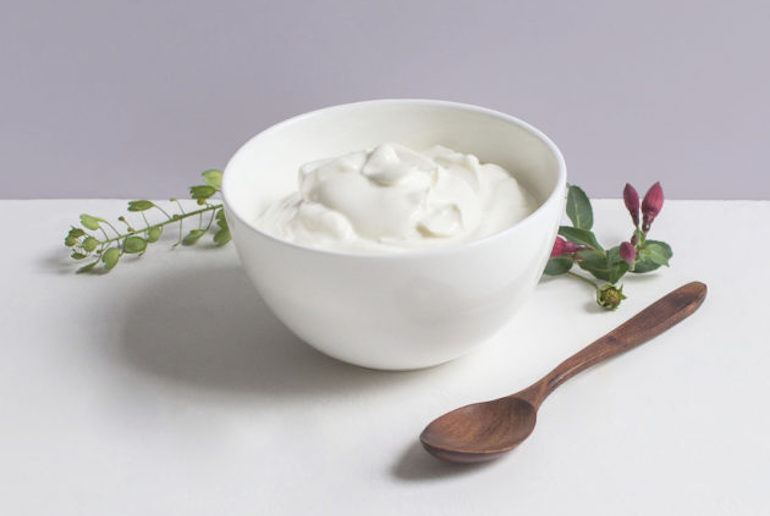
In addition to fresh milk and cheese, Vikings also embraced the use of sour milk, known as skyr, and whey as byproducts of cheese-making.
Interestingly, skyr has experienced a resurgence in popularity today and is marketed as a “Viking” superfood, particularly in the UK.
Its rich history and nutritional benefits, including high protein content and low fat, have contributed to its modern appeal as a healthy and traditional Scandinavian food.
Herbal infusions: Viking medicinal drinks
Viking may have explored the potential of herbal infusions for medicinal purposes.
Although there is little evidence to support the idea, it is conceivable that they may have harnessed the healing properties of various herbs through the creation of medicinal drinks.
Common herbs such as mint, chamomile and yarrow are known for their soothing and therapeutic qualities, so could easily have been among the botanical ingredients considered by the Vikings for potential infusions.
The specific details of the Vikings’ use of herbal infusions for medicinal drinks remain unknown, but it is certainly possible that they may have explored the healing properties of herbs as part of their quest for wellness and remedies.
Imported beverages: a symbol of wealth and trade
The Vikings’ extensive trade networks presented an enticing opportunity for the integration of imported beverages within their culture.
Through their voyages and interactions with other regions, it is plausible that they encountered a diverse array of foreign drinks.
The establishment of trade relationships allowed the Vikings to access and embrace imported beverages, such as Arab concoctions like sharbat.
The arrival of these foreign drinks gained status as symbols of luxury and elevated social standing among the Vikings.
Drinking rituals and vessels in Viking society
There’s lots of material evidence to show that Vikings used different kinds of drinking vessels (including horns) while feasting and celebrating.
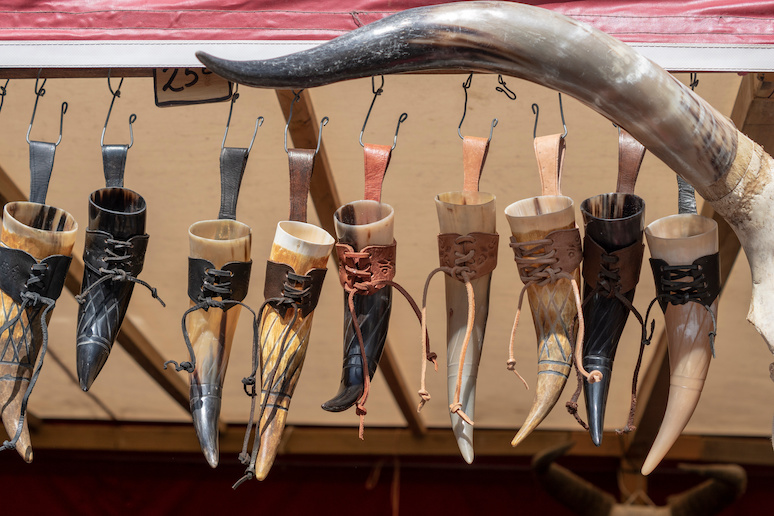
From simple wooden or horn cups to intricately carved drinking bowls, the Vikings had a range of options to choose from.
Among these choices, the use of horns as drinking vessels held a special place. But why did the Vikings drink from horns?
Well, first of all because horns were practical and durable, but also for the symbolic significance. Horns were supposed to represent strength, bravery and a connection to nature, as well as linking the drinker to the ancient Vikings.
Drinking from horns also added a sense of ceremony and ritual to social gatherings, fostering camaraderie and shared experiences.
Drinking customs involved toasting and sharing a drinking horn during feasts, to symbolize friendship, unity and to honour gods, ancestors or esteemed guests.
Let’s raise a metaphorical toast to the drinks that unveil the captivating tapestry of Viking life! Skål!
See also:
Viking longhouses
Famous Vikings you should know about
Viking swords: the ultimate guide



